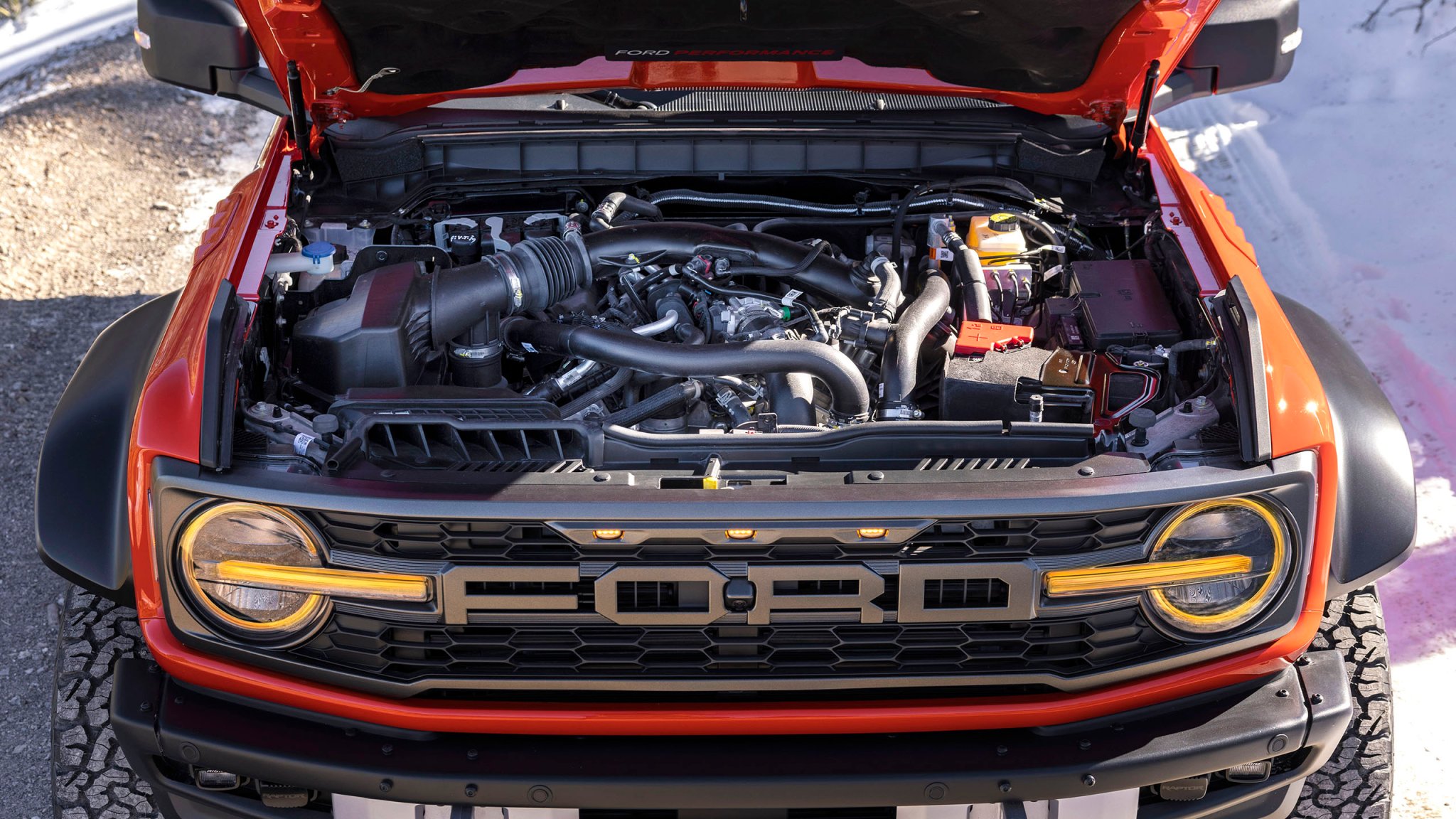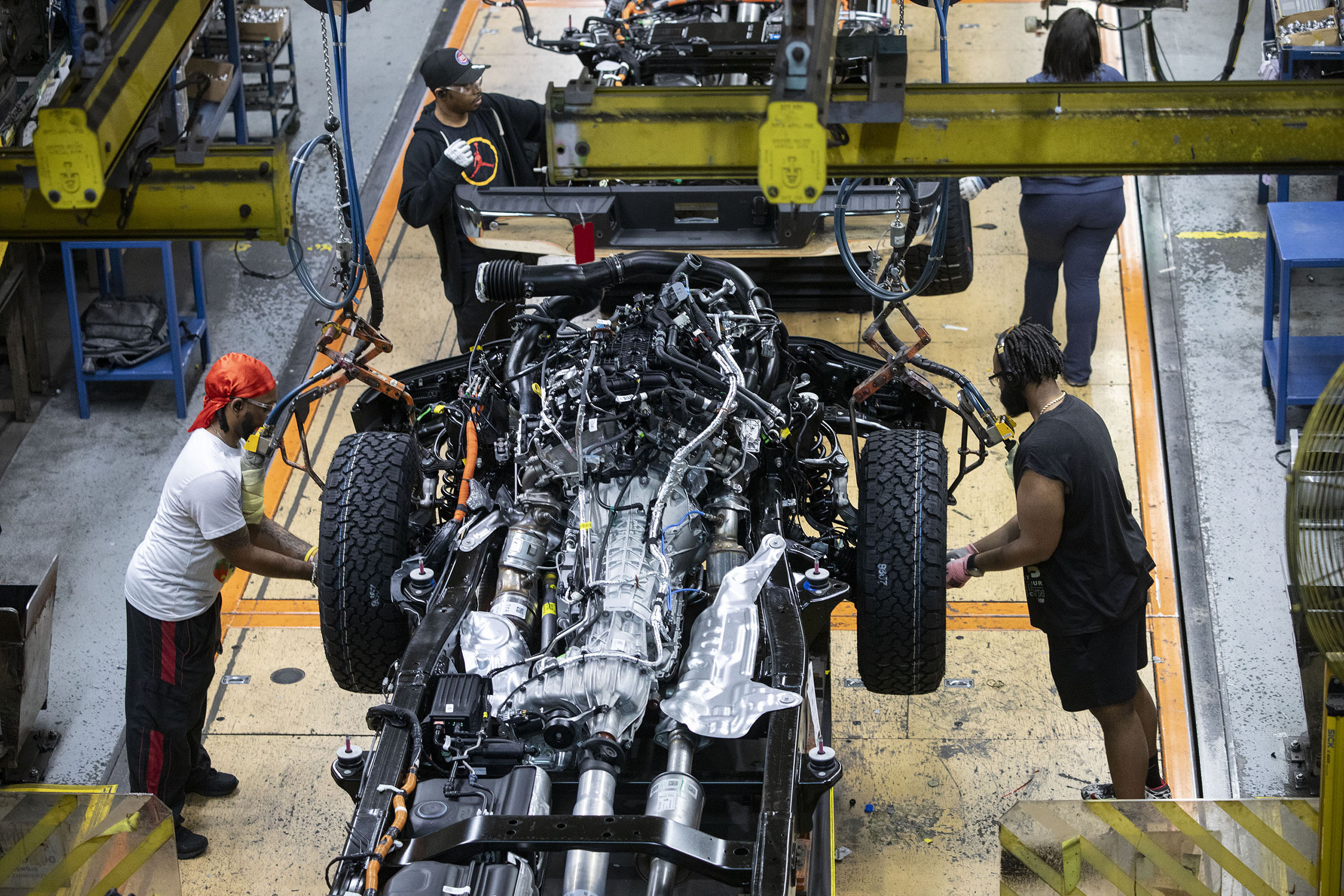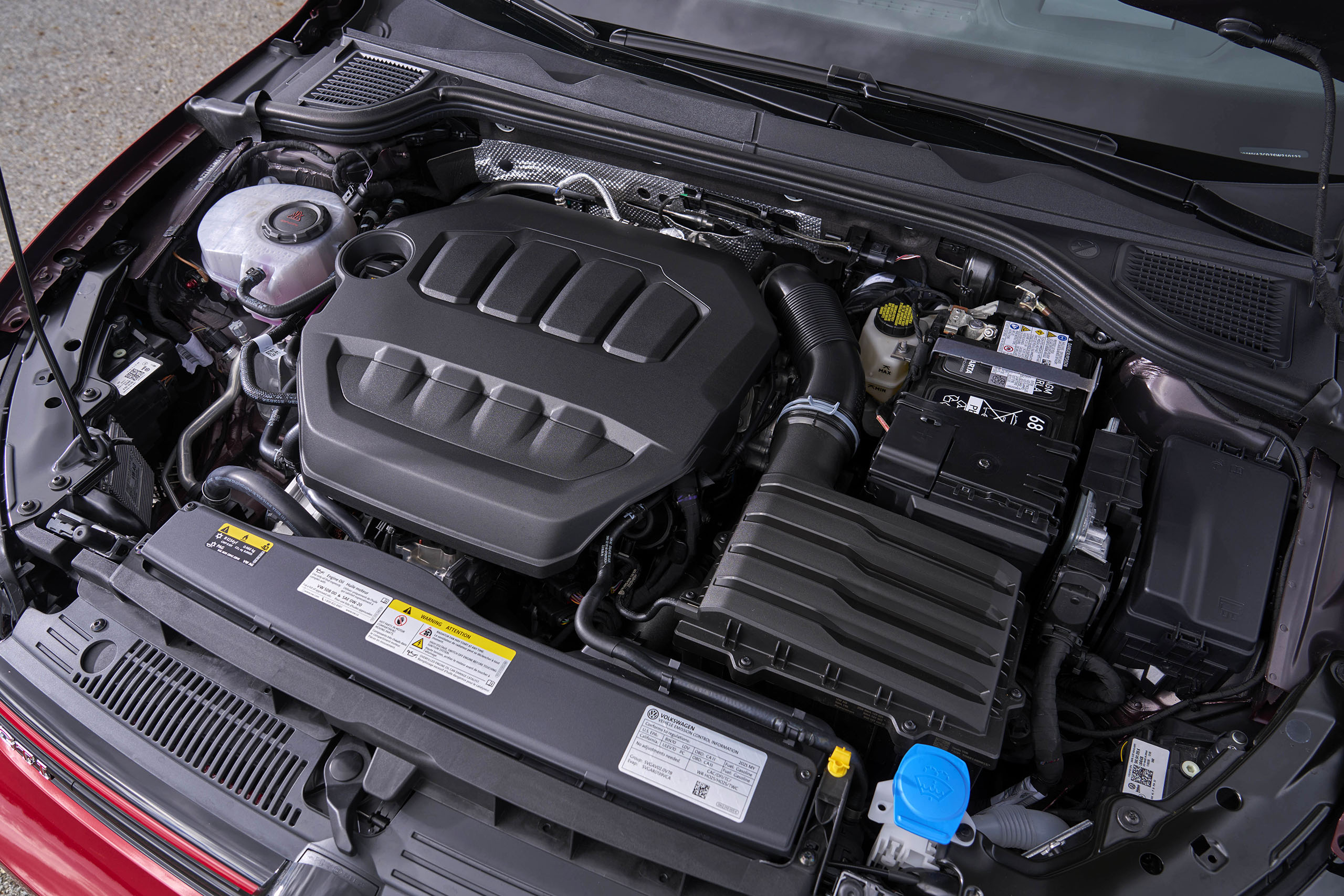
The internal combustion engine will eventually die, but not today. The transition to fully battery electric cars hasn’t happened anywhere near as swiftly as automakers expected at the start of the decade. Schedules are being postponed, and plans to restart or reinvigorate ICE development and manufacturing have been implemented across the industry. For traditional enthusiasts, it’s a stay of execution worth celebrating, though it may come at a cost. Would you sacrifice a variety of gas engines so that traditional powertrains can live on?
This was a question effectively posed by Ford Vice Chairman John Lawler recently. “Where [combustion engines] defined what a vehicle was—the horsepower, the displacement, the torque, and everything about the vehicle—I think a lot of that is gone,” Lawler said at Bernstein’s strategic decisions conference, per Automotive News. If the buying public doesn’t distinguish between different gas engines at so granular a level, there’s arguably an opportunity for engine production to be consolidated. And we all know how much corporations love to share costs in the face of economic challenges and increased competition.
What if engine production in five years looks more like electric powertrain production today, where batteries and motors used across the auto industry are sourced from a small group of suppliers? That’s the future Lawler expects and, as Automotive News rightly points out, is arguably beginning to take shape. Take Renault and Geely’s joint venture, annoyingly named “Horse,” to construct a family of engines shared between their products, including Volvo’s.

The deciding factors for mainstream car shoppers, now and likely going forward, are based on performance and behavior rather than numbers. Robby DeGraff, manager of product and consumer insights at AutoPacific, told The Drive:
“I think a lot of this sentiment entirely depends on the vehicle segment and type. Sports and enthusiast vehicle buyers will prioritize this, eagerly compare specs, and place a higher value on the overall ‘feel’ of said engine in their performance vehicle because they intentionally want the most engaging experience behind the wheel.”
Pickup truck buyers are similarly driven by measurable differences in towing and hauling capabilities, he added.
“But, for your common crossover or sedan buyer, the significance of a vehicle’s engine behavior (horsepower, torque, etc.) really isn’t as paramount a factor during the shopping process,” DeGraff said. “Instead, there’s more of a focus on common ‘wants’ like having good acceleration when merging onto a highway, not getting annoyed by loud raspy engine noise, or, as it relates to today’s car shopping scene, improved fuel economy gains and hybridization.”
Two decades ago, buyers would ask for either a four-cylinder or a six-cylinder engine. Now, you have buyers who ask for ICE, hybrid, or full EV.
“I fully agree with Lawler—with few exceptions (Ford Voodoo, Hellcat, LT7, high-end engines from Ferrari et al.), there is indeed little to differentiate between the vast majority of mainstream engines,” said Sam Abuelsamid, vice president of market research at Telemetry.
“To the average consumer, they aren’t going to choose a Ford, Stellantis, or Volkswagen 2.0-liter turbo (same goes for the 1.5 triples, etc.) for the engine,” Abuelsamid continued. “Other factors are going to be the deciders. I wrote a blog about this a couple of weeks ago, advocating for most ICE development to be consolidated and hybrids to be the default powertrain to reduce the number of variations that need to be developed and certified.”

Retreating to ICE simply isn’t a feasible long-term strategy, contrary to what you may have heard about the return of the Hemi. Multiple viable powertrain technologies exist today and will continue to share the market for some time. “How is a company to fund the development of ICE and EV and everything in between for the next decade and beyond?” Abuelsamid asks in his piece. Consolidation between automotive conglomerates is looking like an increasingly attractive solution.
For many enthusiasts, particularly those who continue to stew over the way Toyota has teamed up with other automakers to build sports cars in recent years, it’s something of a monkey’s paw outcome. Would you welcome the continued existence of the internal combustion engine if it meant more of those engines and their underlying technologies would be the same? Is that a worthy compromise, so ICE technology can persist? You’ve got time to mull that question over, but experts looking to the future would seem to agree: It’s probably where we’re going.
Got tips? Send ’em to [email protected]
